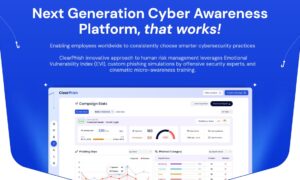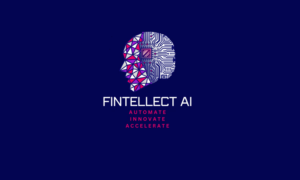Where technology has permeated every aspect of our lives, the financial aid sector is no exception. The digital era has revolutionized the way educational institutions manage their financial aid processes, offering unparalleled convenience and efficiency. However, along with these advantages come significant cybersecurity challenges. Protecting sensitive data in the digital realm is a daunting task, and financial aid is no stranger to these challenges. In this article, we will explore the various cybersecurity challenges faced by institutions offering financial aid and discuss strategies to safeguard sensitive data effectively.
Introduction
The Digital Transformation of Financial Aid
The transition to digital platforms in the financial aid sector has simplified many processes, making it easier for students to apply for aid and for institutions to disburse funds. With just a few clicks, students can submit their applications and track their financial aid status online. This digital transformation has made the financial aid process more accessible and efficient. However, it has also made financial aid systems vulnerable to cyber threats.
Cybersecurity Challenges
Data Breaches
One of the most significant cybersecurity challenges in the financial aid sector is data breaches. Educational institutions collect vast amounts of sensitive data, including social security numbers, financial records, and personal information. This information is a goldmine for cybercriminals. Data breaches can lead to identity theft, financial fraud, and reputational damage for institutions.
To mitigate the risk of data breaches, institutions must invest in robust cybersecurity measures. This includes encryption, regular security assessments, and employee training to recognize and prevent potential threats.
Phishing Attacks
Phishing attacks are a prevalent threat to financial aid data. Cybercriminals often use deceptive emails or websites to trick students and staff into revealing sensitive information. These attacks can lead to unauthorized access to financial aid systems and data.
Educational institutions must educate their staff and students about the dangers of phishing attacks and provide guidelines for recognizing and reporting suspicious emails. Implementing email filters and multi-factor authentication can also be effective in preventing phishing attempts.
Malware and Ransomware
Malware and ransomware are malicious software that can infiltrate an institution’s systems and encrypt or steal data. Cybercriminals often demand a ransom for data decryption. These attacks can disrupt financial aid processes and cause financial losses.
To protect against malware and ransomware, institutions should regularly update their antivirus software and firewall systems. Regular backups of sensitive data are crucial so that institutions can recover data in case of an attack without paying a ransom.
Insider Threats
Insider threats are another concern in the financial aid sector. Employees or students with access to sensitive data may misuse it or share it with malicious intent. Insider threats can be challenging to detect, making them a significant cybersecurity challenge.
Institutions can mitigate insider threats by implementing strict access controls and monitoring user activities. Regular training and awareness programs can help employees and students understand the consequences of insider threats.
Safeguarding Sensitive Data
Encryption
Encryption is a fundamental tool for safeguarding sensitive data. Institutions should encrypt all data both at rest and in transit. This ensures that even if a cybercriminal gains access to the data, it remains unreadable without the decryption key.
Access Controls
Implementing robust access controls is essential. Only authorized personnel should have access to sensitive financial aid data. Role-based access can help limit the exposure of sensitive data to only those who need it for their specific responsibilities.
Regular Security Audits
Regular security audits and vulnerability assessments are crucial for identifying and addressing weaknesses in an institution’s cybersecurity infrastructure. By conducting these assessments regularly, institutions can stay one step ahead of potential threats.
Employee Training
Educating employees and students about cybersecurity best practices is an ongoing effort. Regular training and awareness programs can help create a culture of cybersecurity within an institution. It’s essential to teach everyone to recognize and report potential threats.
Incident Response Plan
Institutions should develop a robust incident response plan. In the event of a cyberattack, having a well-defined plan in place can minimize damage and recovery time. This plan should include steps for reporting incidents, containing threats, and recovering data.
Conclusion
The digital era has brought unprecedented convenience to the financial aid sector, but it has also exposed it to significant cybersecurity challenges. Data breaches, phishing attacks, malware, and insider threats are all real concerns for institutions handling sensitive financial aid information.
Safeguarding sensitive data in the digital era requires a multi-faceted approach. Encryption, access controls, regular security audits, employee training, and an incident response plan are all essential elements of a robust cybersecurity strategy. By addressing these challenges proactively, educational institutions can protect their students’ financial aid information and maintain trust in the digital era. As technology continues to advance, staying vigilant and proactive in the fight against cyber threats is of paramount importance.



































